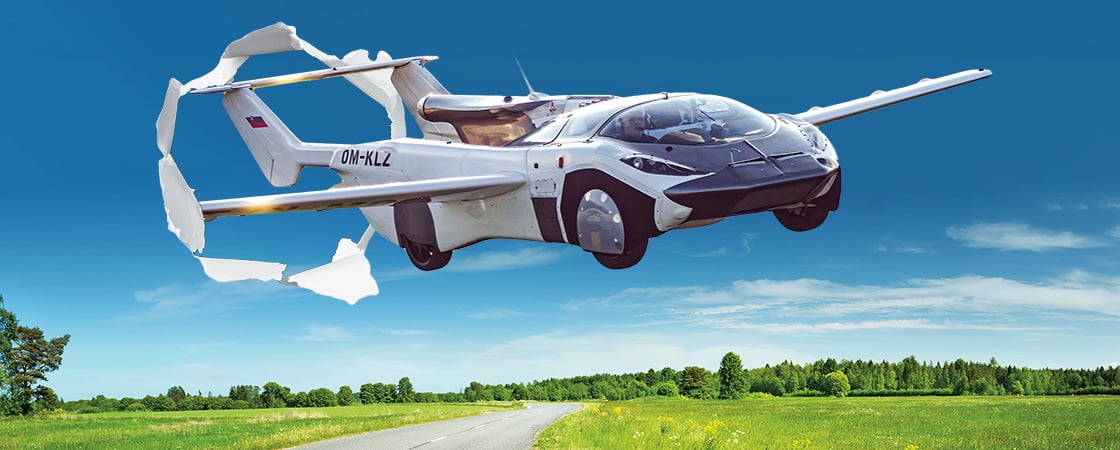Guten Tag! That’s how people say hello in Germany, the country I’m from. My name is Motorwagen. I’m one of the first automobiles, or cars. A man named Karl Benz invented me back in 1886.
I look pretty different from the cars you see today. I have three giant wheels. And you’d better hold on to your hat . . . because I don’t have a roof!
Guten Tag! That’s how people say hello in Germany. Germany is a country. It’s where I’m from.
My name is Motorwagen. I’m one of the first automobiles, or cars. A man named Karl Benz invented me in 1886.
I look pretty different from the cars you see today. I have three giant wheels. And you’d better hold on to your hat. I don’t have a roof!

